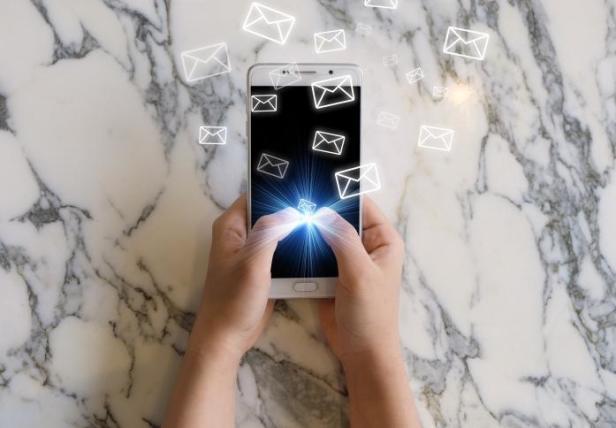
Retail champions, the subject of my book RETAIL SUCCESS IN AN ONLINE WORLD, outlines not only how to connect with customers face-to-face but also a long-term engagement strategy for after the customer leaves the store.
Such a strategy begins with an effective dialogue allowing the customer to opt in to a mailing list, using MailChimp or a similar piece of software. The list can be used to keep customers informed about upcoming promotions, special offers, new product arrivals, and customer appreciation activities. The champion strategy then continues with an ongoing, continuously updated schedule of events tailored to both the interests of the ideal customer and the ongoing marketing strategy of the store.
The Retail Champion’s Email Opt-In Process
Salesperson: “Jack, first and most important, I want to thank you for the opportunity you’ve given us to work together. Please remember that we’re here in case you have any questions or concerns whatsoever—our door is open. Second, I am hopeful that you are happy with what you got. Are you?”
Customer: “Yes. Very much so.”
Salesperson: “Great. One more question. We have customers who ask to be placed on an email list for upcoming events and special client and customer appreciation events. If you are OK with providing us with your contact information, we would happy to include you also. Will that work for you?”
Customer: “Sure.”
You can easily adapt the above discussion to a list that includes text updates via the person’s smartphone or some other form of convenient contact. If you’ve engaged effectively with the customer up to this point, listened carefully, and guided them through the wilderness toward a purchase decision that really does make sense, rest assured that this person will want to stay in touch.
Once you’ve gotten the person’s contact information, it’s a matter of sending a properly spaced sequence of concise “drip” messages about upcoming events in your store. Don’t bombard your list. Don’t go for long periods of radio silence, either. Aim for a consistent pattern of messaging over time. Once a week or once every two weeks are good initial places to start. Measure the open response rate for your messages and adapt your schedule accordingly, making sure never to deluge customers with too many emails in too short a period of time.
Be sure to focus on valuable content in your marketing mix—information that is helpful to your customer, i.e., “ways to keep your new car running well and reduce repair costs,” or “the best tips for taking care of your new automatic watch.” Consider giving valuable support and information before you ask the reader to take action on a promotion, sale, or new collection.
Give customers at least 72 hours advance notice of all events; a message ten days before the event and then three days before the event, requesting RSVPs in all messaging, is a good model to follow. Send a welcome message as the first digital contact once someone joins your mailing list. Make sure your messages sound like one human being speaking in a relaxed, authentic way to another. That’s what motivates customers to keep engaging with your content—and returning to your store. Promptly honor all drop requests, or set up your email program to do it automatically when people opt out.
Click here to get my book to learn more about leveraging your email list in retail sales.

